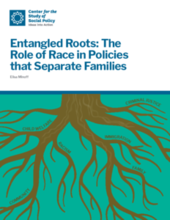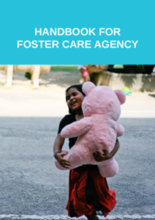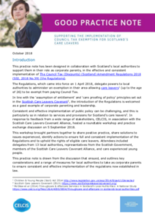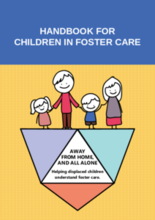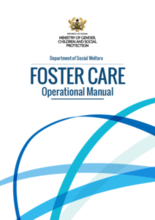Displaying 1091 - 1100 of 2214
By examining the roots of policies that separate families and their entanglement with racial prejudice and discrimination, this report makes the case that we must embrace an alternative path.
This Handbook explains the processes of the Foster Care Programme based on the “Manual on Foster Care for UASC”, which sets the minimum standards for providing foster care for children without parents or an adult to care for them in Malaysia.
This handbook was developed specifically to create a Foster Care Programme for unaccompanied and separated children (UASC) within the Rohingya community in Malaysia. Article 20 (Children deprived of family environment) and Article 22 (Refugee children) of the Convention on the Rights of the Child (CRC) require that special care arrangements and protection are provided for UASC while preserving their ethnicity, religion, culture and language. In the case of Rohingya UASC, this calls for a special Foster Care Programme where these children are placed under the care of families from the Rohingya refugee community.
This practice note is drawn from the discussion and outlines key considerations and a range of measures for local authorities to take as Corporate Parents to ensure consistent and effective implementation of the regulations, now established in law.
This is a child-friendly summary of a handbook developed specifically to create a Foster Care Programme for unaccompanied and separated children (UASC) within the Rohingya community in Malaysia.
This is a child-friendly summary of a handbook developed specifically to create a Foster Care Programme for unaccompanied and separated children (UASC) within the Rohingya community in Malaysia.
The purpose of this Foster Care Operational Manual is to provide guidance to Department of Social Welfare (DSW) officers and Foster Care Agencies on the delivery of foster care services in line with the Children’s Amendment Act, 2016 and Foster Care Regulations 2018.
This study evaluated the psychometric properties of a Portuguese version of the Compass of Shame Scale using an adolescent sample, to investigate if its internal structure was valid for diverse adolescent subsamples, and to gather evidence on the construct validity of the instrument.
An important goal of out of home care is to prepare the family and child for reunification. Practitioners are often required to make the decision whether to reunify a foster child with their biological family. This study examines this complex reunification decision in Portugal.
This study evaluates whether the psychometric properties of the Pediatric Symptoms Checklist-17 (PSC-17), a common behavioral health measure typically used as a dichotomous screening tool for mental health needs, support its use as a continuous measure for tracking behavioral health over time.

